Shaashwat Agrawal
Genetic CFL: Optimization of Hyper-Parameters in Clustered Federated Learning
Jul 17, 2021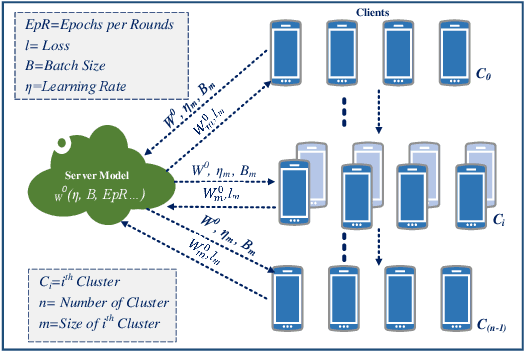
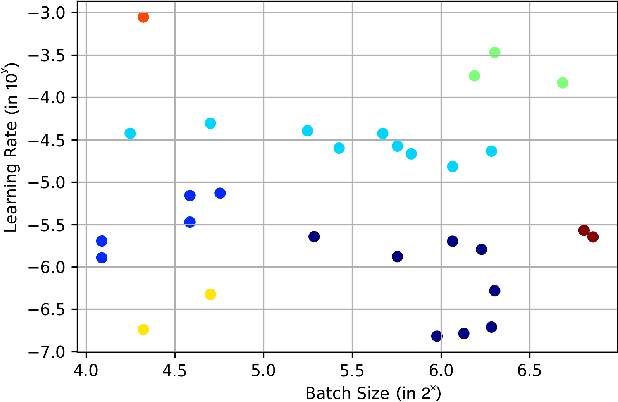
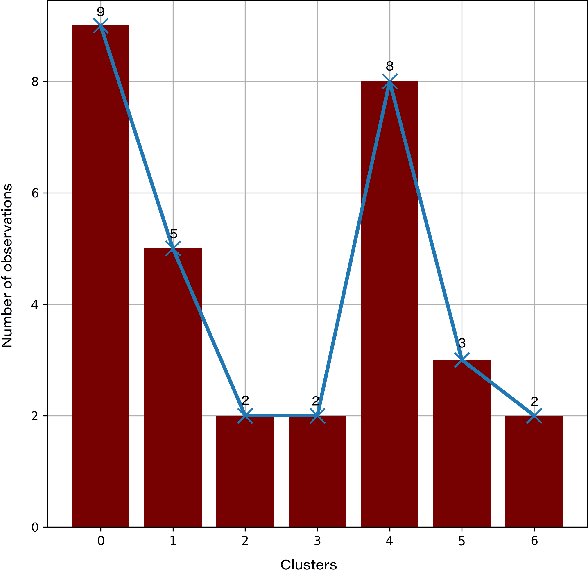
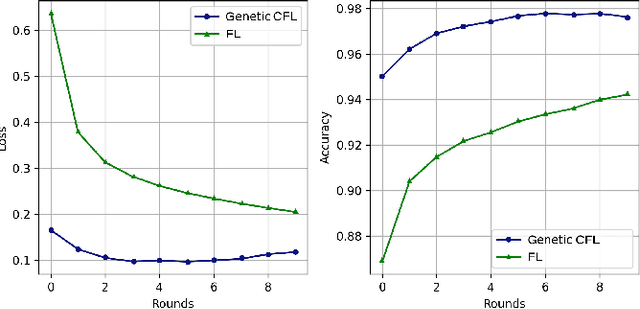
Abstract:Federated learning (FL) is a distributed model for deep learning that integrates client-server architecture, edge computing, and real-time intelligence. FL has the capability of revolutionizing machine learning (ML) but lacks in the practicality of implementation due to technological limitations, communication overhead, non-IID (independent and identically distributed) data, and privacy concerns. Training a ML model over heterogeneous non-IID data highly degrades the convergence rate and performance. The existing traditional and clustered FL algorithms exhibit two main limitations, including inefficient client training and static hyper-parameter utilization. To overcome these limitations, we propose a novel hybrid algorithm, namely genetic clustered FL (Genetic CFL), that clusters edge devices based on the training hyper-parameters and genetically modifies the parameters cluster-wise. Then, we introduce an algorithm that drastically increases the individual cluster accuracy by integrating the density-based clustering and genetic hyper-parameter optimization. The results are bench-marked using MNIST handwritten digit dataset and the CIFAR-10 dataset. The proposed genetic CFL shows significant improvements and works well with realistic cases of non-IID and ambiguous data.
Federated Learning for Intrusion Detection System: Concepts, Challenges and Future Directions
Jun 16, 2021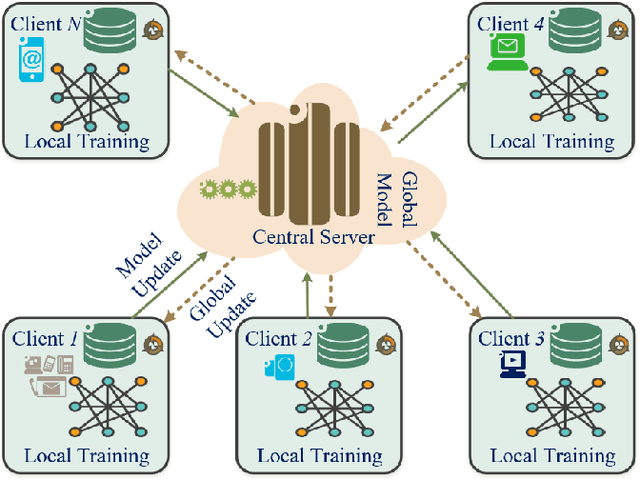
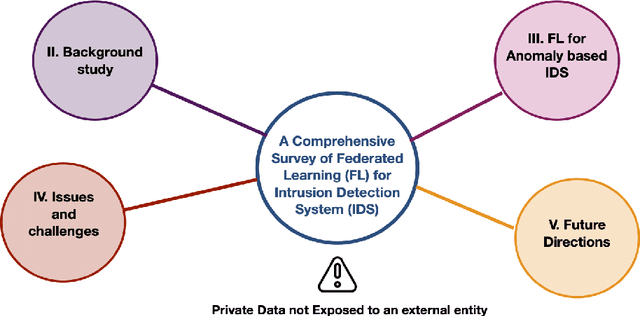

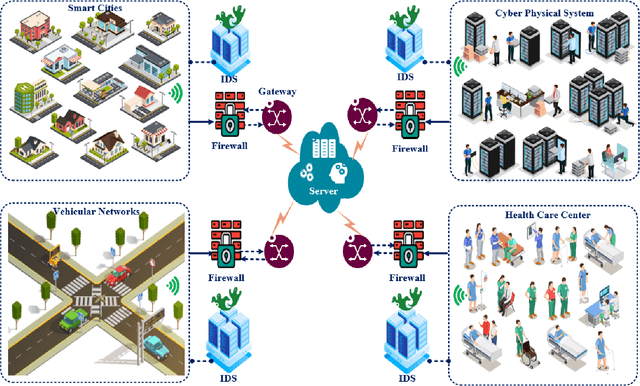
Abstract:The rapid development of the Internet and smart devices trigger surge in network traffic making its infrastructure more complex and heterogeneous. The predominated usage of mobile phones, wearable devices and autonomous vehicles are examples of distributed networks which generate huge amount of data each and every day. The computational power of these devices have also seen steady progression which has created the need to transmit information, store data locally and drive network computations towards edge devices. Intrusion detection systems play a significant role in ensuring security and privacy of such devices. Machine Learning and Deep Learning with Intrusion Detection Systems have gained great momentum due to their achievement of high classification accuracy. However the privacy and security aspects potentially gets jeopardised due to the need of storing and communicating data to centralized server. On the contrary, federated learning (FL) fits in appropriately as a privacy-preserving decentralized learning technique that does not transfer data but trains models locally and transfers the parameters to the centralized server. The present paper aims to present an extensive and exhaustive review on the use of FL in intrusion detection system. In order to establish the need for FL, various types of IDS, relevant ML approaches and its associated issues are discussed. The paper presents detailed overview of the implementation of FL in various aspects of anomaly detection. The allied challenges of FL implementations are also identified which provides idea on the scope of future direction of research. The paper finally presents the plausible solutions associated with the identified challenges in FL based intrusion detection system implementation acting as a baseline for prospective research.
Genetically Optimized Prediction of Remaining Useful Life
Feb 17, 2021



Abstract:The application of remaining useful life (RUL) prediction has taken great importance in terms of energy optimization, cost-effectiveness, and risk mitigation. The existing RUL prediction algorithms mostly constitute deep learning frameworks. In this paper, we implement LSTM and GRU models and compare the obtained results with a proposed genetically trained neural network. The current models solely depend on Adam and SGD for optimization and learning. Although the models have worked well with these optimizers, even little uncertainties in prognostics prediction can result in huge losses. We hope to improve the consistency of the predictions by adding another layer of optimization using Genetic Algorithms. The hyper-parameters - learning rate and batch size are optimized beyond manual capacity. These models and the proposed architecture are tested on the NASA Turbofan Jet Engine dataset. The optimized architecture can predict the given hyper-parameters autonomously and provide superior results.
 Add to Chrome
Add to Chrome Add to Firefox
Add to Firefox Add to Edge
Add to Edge